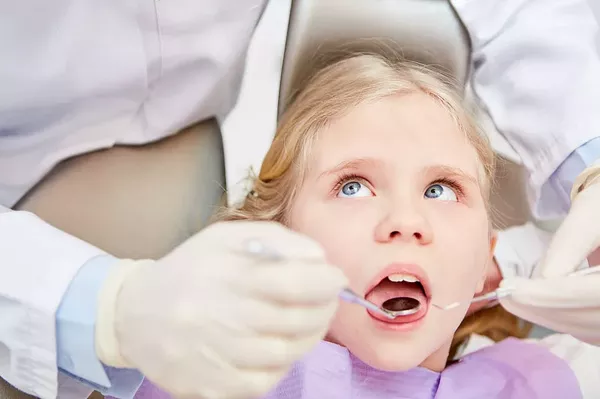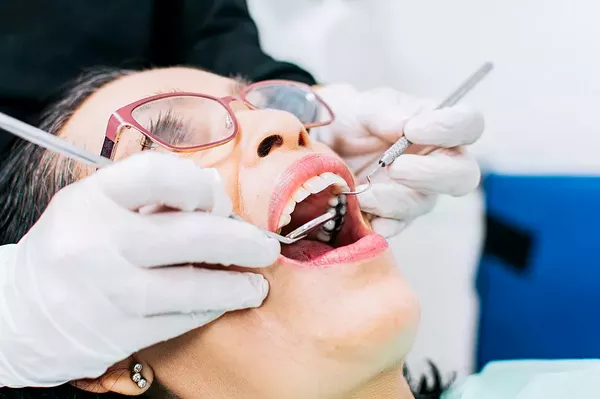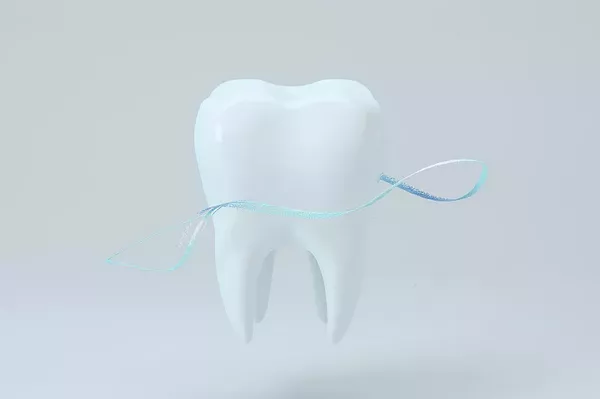Periodontitis is a severe form of gum disease that can result in bone loss and eventual tooth loss if left untreated. The primary cause of bone loss in periodontitis is the bacterial infection that affects the gums, teeth, and supporting bone structure.
The bacteria responsible for periodontitis can accumulate in the plaque and tartar that forms on the surface of the teeth and below the gum line.
As the bacteria multiply, they release toxins that cause inflammation in the gums, leading to redness, swelling, and bleeding. Over time, the inflammation can spread to the surrounding bone structure, resulting in bone loss.
The body’s natural response to the bacterial infection is to activate the immune system, which can further contribute to the bone loss in periodontitis. The immune system releases substances that destroy the bone tissue, causing it to gradually deteriorate and lose its ability to support the teeth.
Other factors that can contribute to bone loss in periodontitis include smoking, poor oral hygiene, genetic predisposition, and certain medical conditions such as diabetes and autoimmune disorders.
These factors can weaken the immune system and make it more difficult for the body to fight off the bacterial infection.
Preventing bone loss in periodontitis requires early detection and prompt treatment of the disease.
This can involve deep cleaning procedures such as scaling and root planing, as well as the use of antibiotics to control the bacterial infection. In severe cases, surgery may be necessary to remove infected tissue and restore the bone structure.
In conclusion, periodontitis is a serious condition that can cause bone loss and eventual tooth loss if left untreated. The primary cause of bone loss in periodontitis is the bacterial infection that affects the gums, teeth, and supporting bone structure. Preventing bone loss in periodontitis requires early detection and prompt treatment, as well as maintaining good oral hygiene and addressing any underlying medical conditions. It’s important to consult with your dentist or periodontist if you suspect you have periodontitis or are at risk for the condition.





























